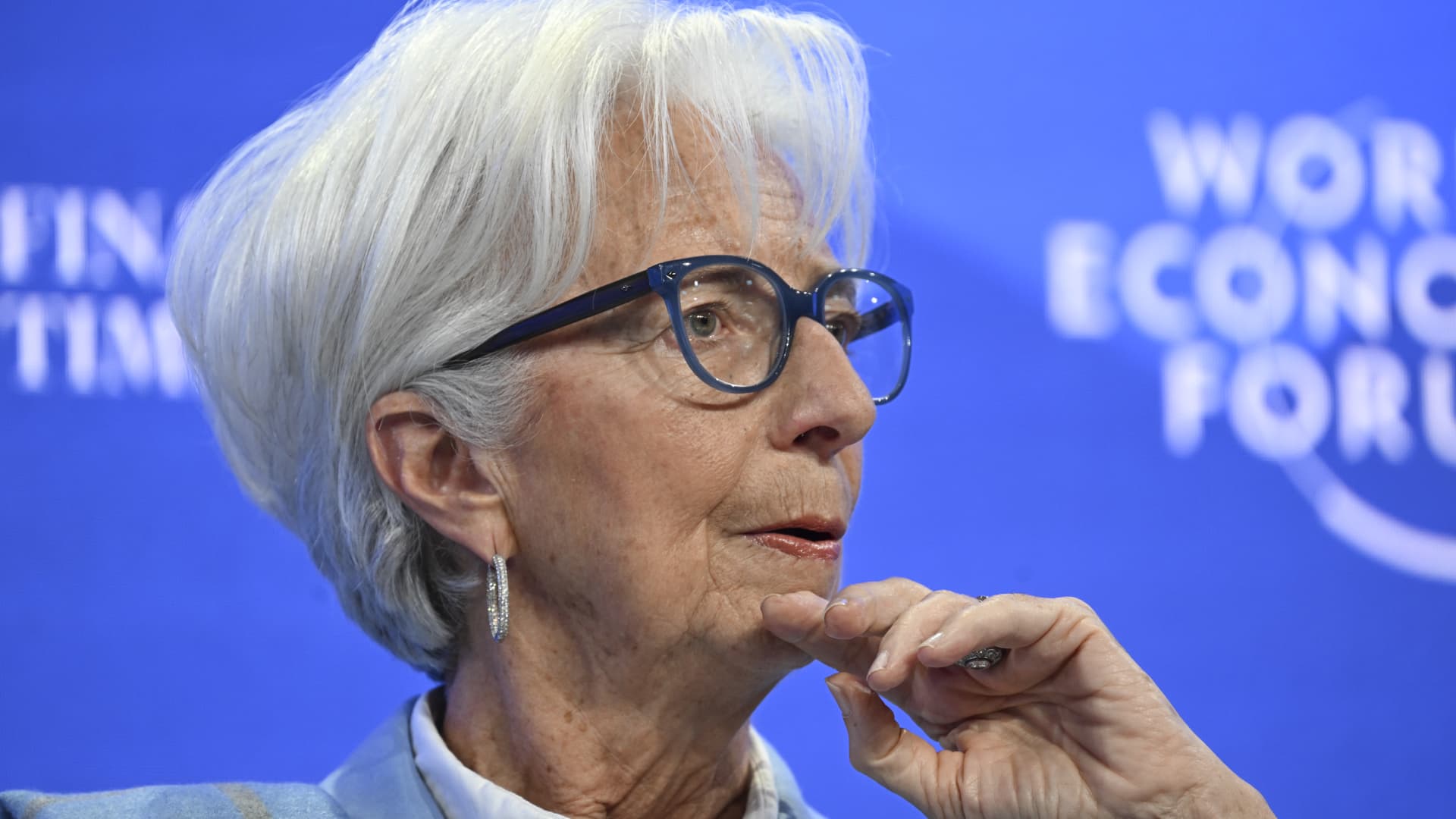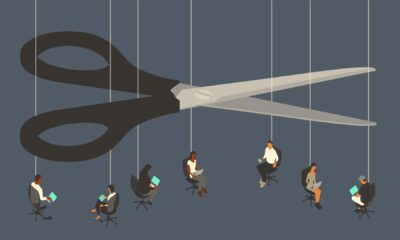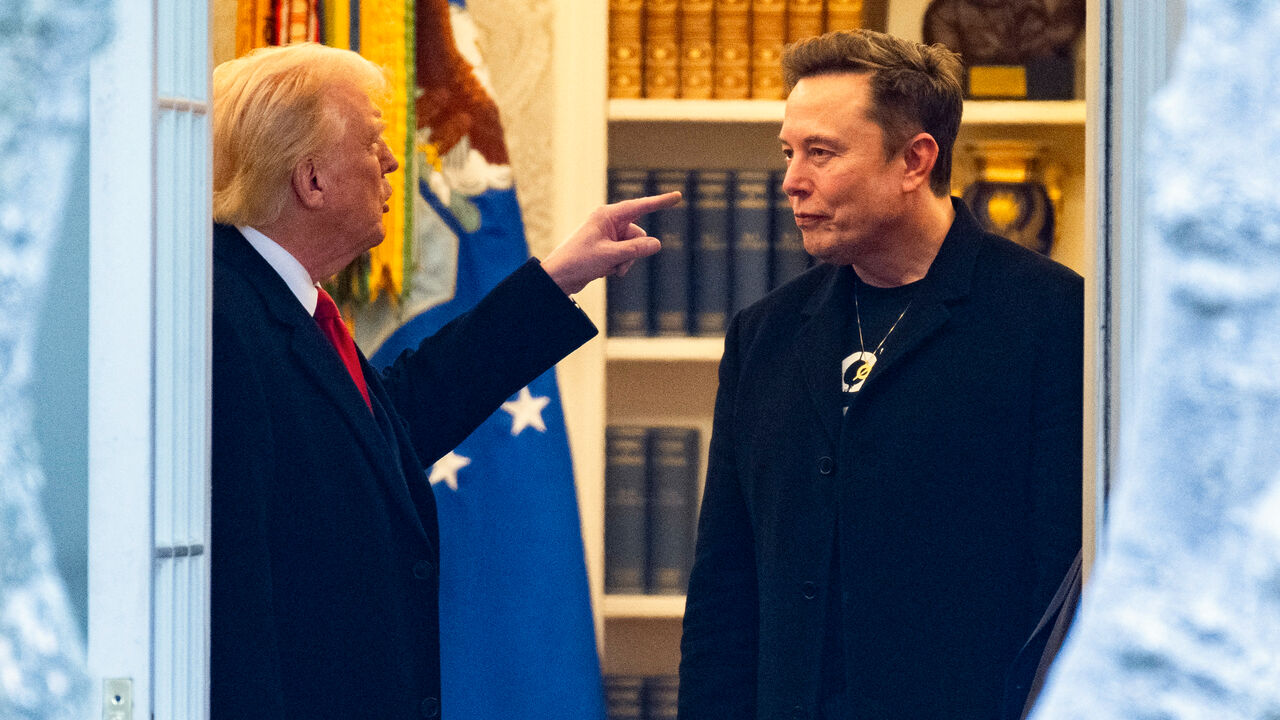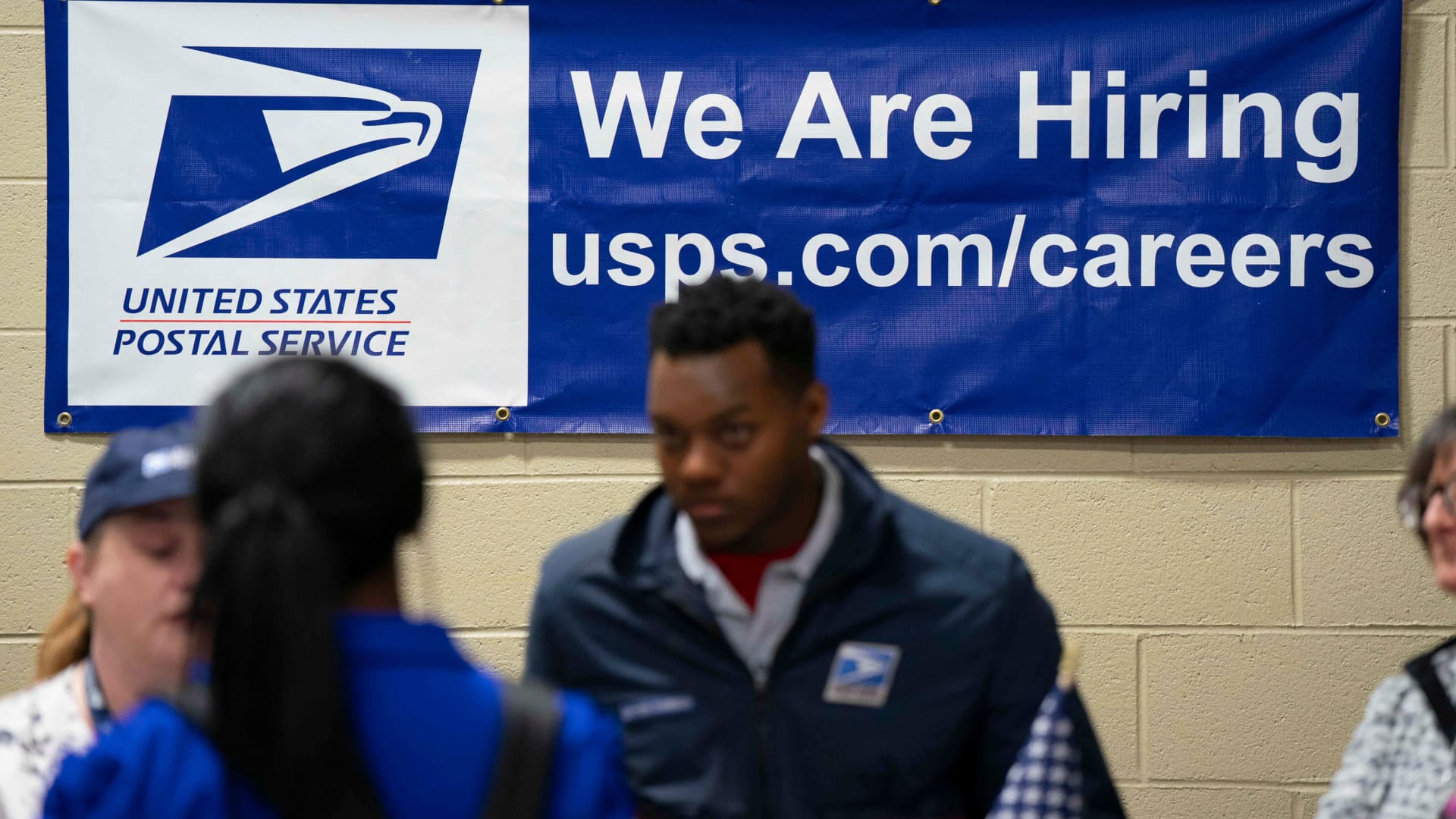The European Central Bank is widely expected to kick off its 2025 meetings with another interest rate cut on Thursday, as traders aim to gauge how far the central bank is willing to diverge from a stalled Federal Reserve.
Money markets on Wednesday were pricing in 35 basis points worth of rate cuts for the January meeting, indicating the euro zone’s central bank will cut by at least a quarter-percentage point. That would take the deposit facility, its key rate, to 2.75% marking its fifth trim since it began easing monetary policy in June 2024.
Market pricing then suggests follow-up cuts at the ECB’s March and June meetings, with a fourth and final reduction bringing the deposit facility to 2% by the end of the year.
Expectations for a swift pace of easing this year have solidified, even after headline euro area inflation increased for a third straight month in December. A slight uptick in the rate of price rises was expected due to effects from the energy market, while business activity indicators for the bloc show continued weakness in manufacturing and tepid consumer confidence. Economists polled by Reuters are expecting fourth-quarter growth figures to show GDP expanding just 0.1%, down from 0.4% in the third quarter.
While this week’s ECB rate move is near guaranteed, several key questions remain that its president, Christine Lagarde, will likely be quizzed on during her post-announcement press conference — and many of those relate to the U.S. and its new leader.
One concern is whether the ECB is comfortable with the increasing distance between its own monetary policy path and that of the world’s biggest central bank, the Federal Reserve, which is set to hold rates on Wednesday. Markets are pricing in just two quarter-point rate cuts from the Fed this year, as projected by Fed members in December.
Some strategists suggest the Fed could enact just one cut, and at the very least tread water as it awaits more detail on President Donald Trump’s actual policies versus his extreme trade threats and their potential inflationary impact.

Lagarde acknowledged that divergence in an interview at the World Economic Forum last week, telling CNBC that it was the result of different economic environments. While the euro area has fallen into stagnation, the U.S. economy has continued to grow at a solid clip in the higher interest rate environment, and many investors are optimistic on the 2025 outlook despite Trump uncertainty.
“We have to look at a differentiation here through the lens of growth and the spare capacity that is building up in the U.S. We have an economy that’s performing strongly and rapidly … We can’t say the same thing when we look at the euro zone,” Sandra Horsfield, economist at Investec, told CNBC’s “Squawk Box Europe” on Wednesday.
“That divergence does mean that inflationary pressures are more likely to be sustained for some time in the U.S.,” she said, leading her to forecast one more Fed cut followed by a pause, and a greater scope for cuts in Europe.
Currency drag
The ECB has repeatedly stressed that it is willing to move ahead of the Fed and that it is focusing on its domestic picture of inflation and growth. However, a major impact of policy differentials is in foreign exchange, with higher rates tending to boost a domestic currency.
This reinforces expectations that the euro could be pulled back to parity with the greenback and suggests even further strength for an already-mighty U.S. dollar in 2025. That matters for the ECB, because a weaker currency increases the cost of importing goods, even if the central bank’s bigger concerns right now relate to domestically-generated services and wage inflation.
Lagarde downplayed the impact of this effect, telling CNBC the exchange rate “will be of interest, and … may have consequences.”
However, she also said she was not concerned about the import of inflation from the U.S. to Europe and continues to expect price rises to cool toward target. The ECB president added that bullishness around the U.S. economy was a positive “because growth in the U.S. has always been a favorable factor for the rest of the world.”
Trade question
While a weaker euro could be a factor that spurs the ECB to cut rates with slightly more caution, there is also the possibility that Trump sparks a global or even Europe-focused trade war which further slows euro zone growth and creates the need for even more cuts.
The U.S. president has not re-proposed his idea of sweeping, universal tariffs on imports to the U.S., and is currently zeroed in on duties targeting China, Mexico and Canada. However, in a speech at the World Economic Forum, he accused the European Union of treating the U.S. “very unfairly” on trade, pledging: “We’re going to do something about it.”

Trade wars could disrupt global supply chains and stoke inflation, warranting higher interest rates at the ECB, said George Lagarias, chief economist at Forvis Mazars.
“Inflation and rate risks are definitely on the upside” for the euro zone, he told CNBC by email.
“EU company selling price expectations have flattened and show an upward tendency. This is a leading indicator to the ECB’s own projections … and the Fed will likely be on a more hawkish path, so significant divergence from the ECB could risk flight of capital towards the Dollar,” he added.
On the possibility that the ECB could enact a bigger half-point rate cut, he said: “If we do see a sharp rate cut, it would mean that the board seeks to protect growth in the core of the euro zone, and make sure that political uncertainty in France and Germany or a loose fiscal policy in Italy do not cause a precipitous rise in borrowing rates.”
Bas van Geffen, senior macro strategist at RaboResearch, also said he was “less optimistic when it comes to the inflation outlook than the ECB is, or markets appear to be,” forecasting a fall in rates to 2.25% this year.
“When the ECB incorporates Trump tariffs in their baseline scenario, we would expect higher inflation forecasts on their part too,” he told CNBC.

 Blog Post1 week ago
Blog Post1 week ago
 Economics1 week ago
Economics1 week ago
 Finance1 week ago
Finance1 week ago
 Economics1 week ago
Economics1 week ago
 Economics1 week ago
Economics1 week ago
 Personal Finance1 week ago
Personal Finance1 week ago
 Accounting1 week ago
Accounting1 week ago
 Economics1 week ago
Economics1 week ago























